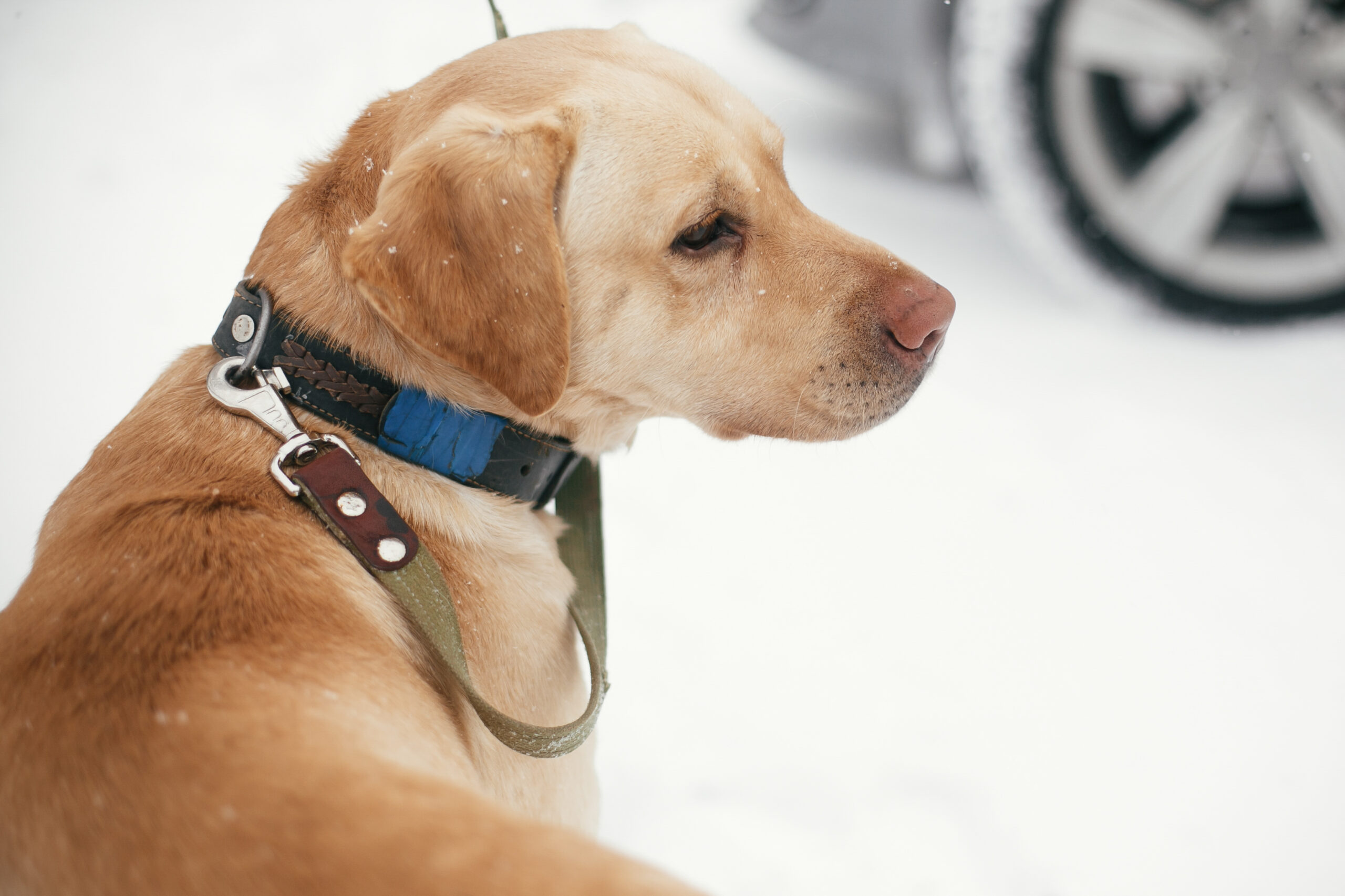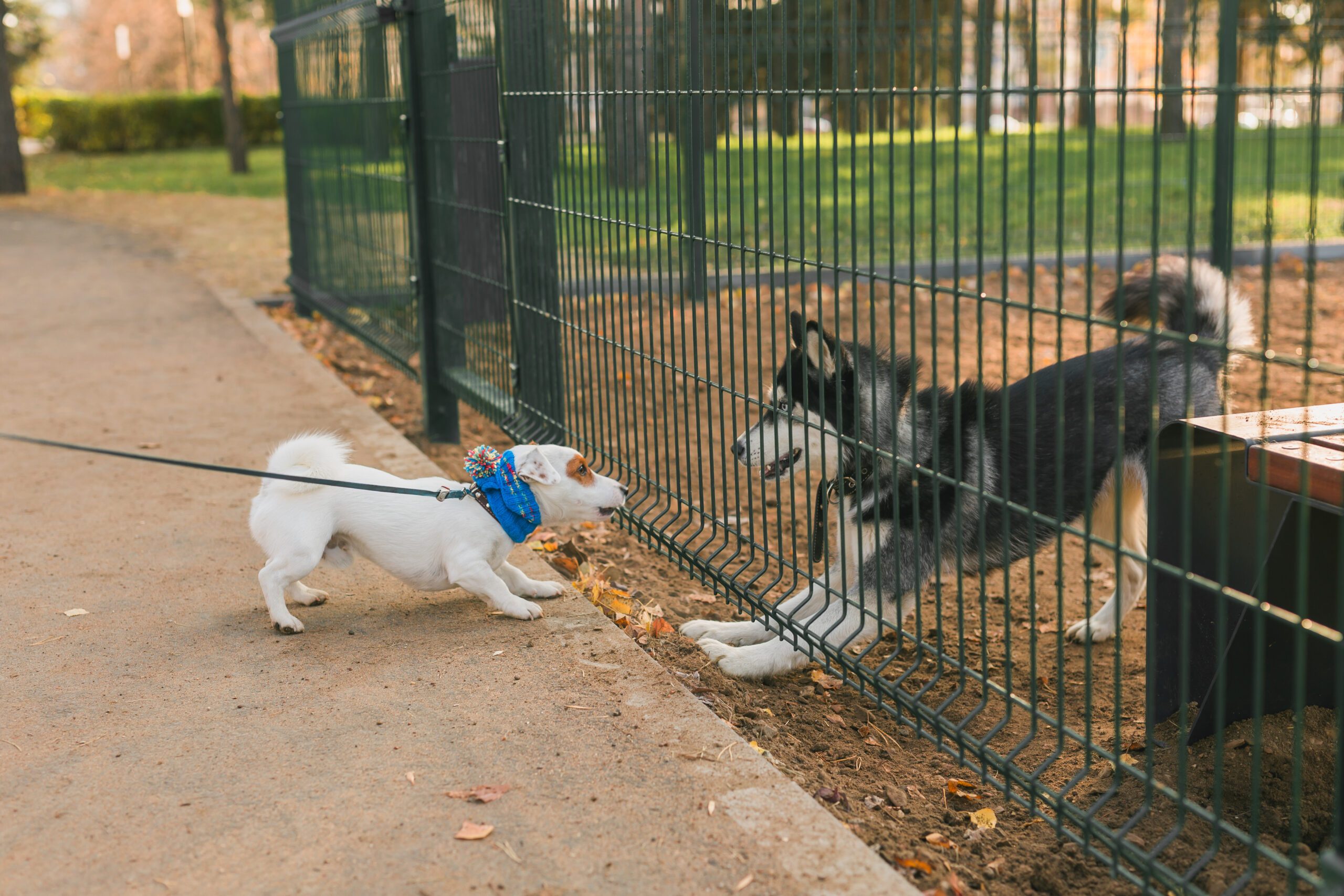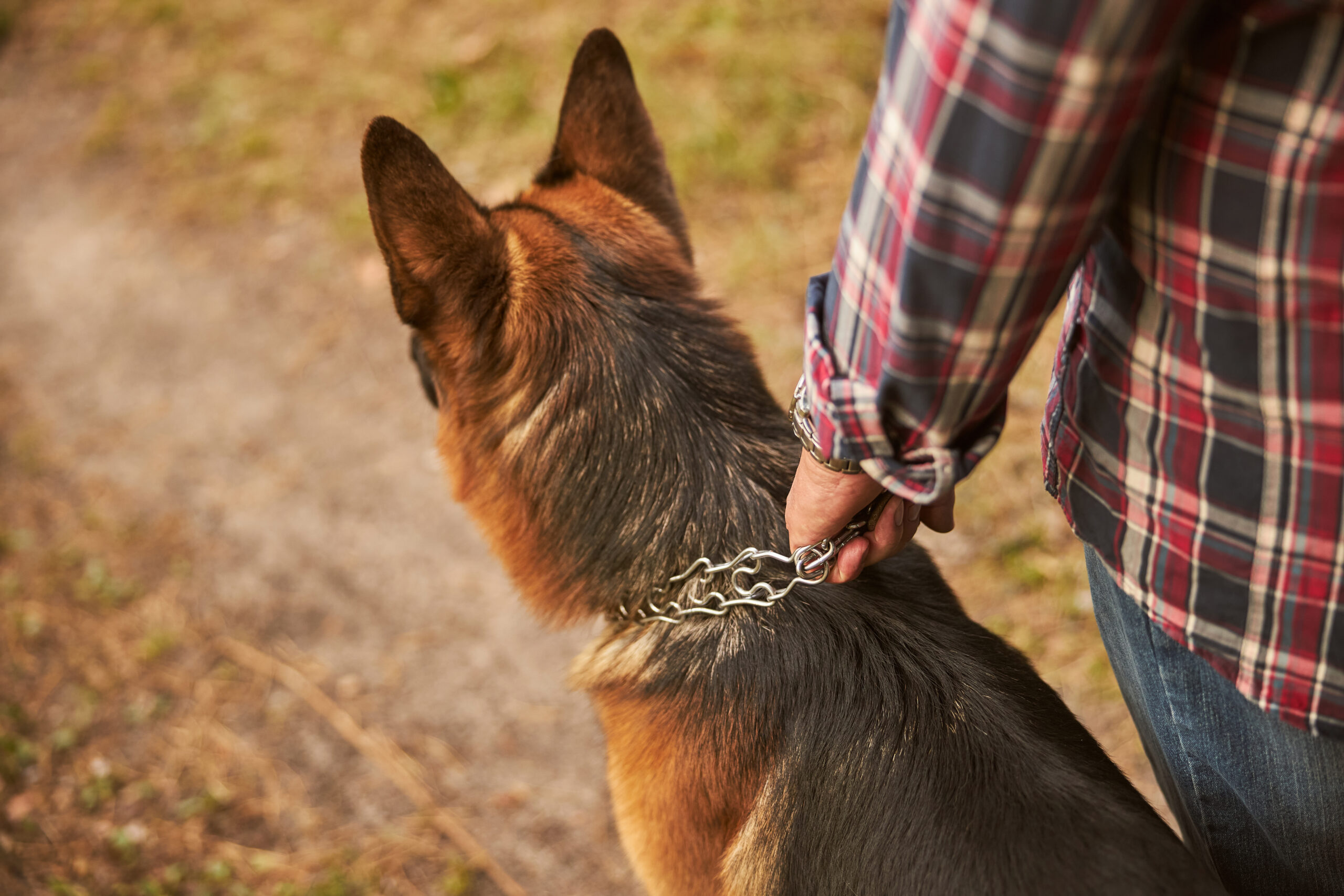
Are Electric Dog Training Collars Safe?
Training tools for dogs often spark debate, and few stir as much discussion as the e-collar. Some people see it
GET YOUR DOG COLLAR TODAY! FREE SHIPPING FOR A LIMITED TIME!

Creating a safe and harmonious living space for you and your dog is a top priority for any pet owner. Inside the home, this often means setting boundaries to keep your dog away from certain areas, whether it’s the kitchen during meal prep, the baby’s nursery, or off the new sofa. Two popular solutions for this challenge are the traditional indoor puppy fence and the modern Bluetooth dog boundary collar.
But how do you know which is the right choice for your dog and your home? This guide from Pet Sensor compares the e-collar and the indoor fence to help you make an informed decision for effective, humane training.
Understanding Your Options: Physical vs. Invisible Boundaries
At their core, both tools aim for the same goal, containment, but they achieve it in fundamentally different ways.
The Advantages of a Bluetooth Dog Boundary Collar
The primary benefit is freedom. Your home remains open and uncluttered, and your dog learns to make good decisions on its own. A Bluetooth dog boundary collar is incredibly versatile, allowing you to protect specific objects (like a Christmas tree or trash can) without erecting a fortress. These systems are also portable and adaptable as your needs change.
Making the Right Choice for Your Dog
The best solution depends heavily on your dog’s unique personality, age, and your specific goals.
The Final Verdict: Fences for Management, E-Collars for Training
It’s not always an “either/or” choice; sometimes these tools can be used in tandem. You might use an indoor puppy fence while your puppy is very young, then transition to a Bluetooth dog boundary collar as they mature to grant them more freedom responsibly.
The final recommendation comes down to your goal:
Contact Pet Sensor for innovative Bluetooth dog boundary solutions today
If you’re ready to move beyond bulky gates and teach your dog lasting boundaries, Pet Sensor has the solution. Our innovative Bluetooth-enabled systems offer a humane, effective, and flexible way to create custom no-go zones in your home. Contact us today to learn more about our innovative training solutions.

Training tools for dogs often spark debate, and few stir as much discussion as the e-collar. Some people see it

Training a stubborn dog can test even the most patient owner. Whether it’s a young dog ignoring boundaries within your